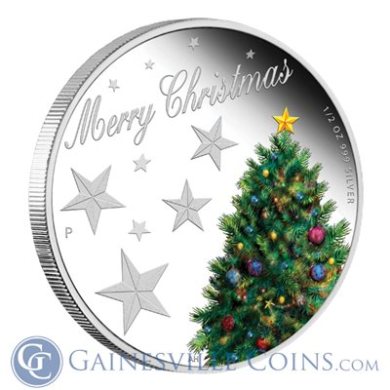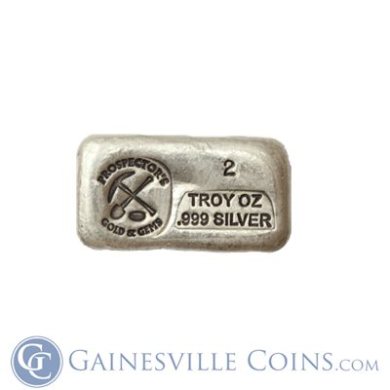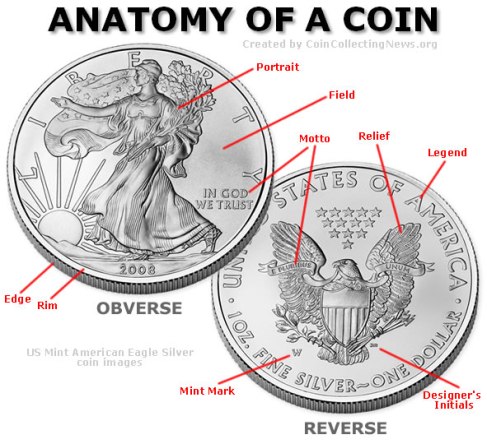Return of the America the Beautiful Quarters
A few weeks ago, I wrote a little bit about the premiere of the designs for the 2014 America the Beautiful Quarters. This week, the 2013 America the Beautiful Quarters sold out in both the bullion coins for investors and the Uncirculated coins for collectors. This article goes more into detail about the sell outs and how much some of these coins were going for.
The five quarters released for 2013 were:
-
2013 White Mountain National Forest Site Quarter- located in New Hampshire.
-
2013 Perry’s Victory and International Peace Memorial Site Quarter- located in Ohio.
-
2013 Great Basin National Park Quarter- located in Nevada.
-
2013 Ft. McHenry Site Quarter- located in Maryland.
-
2013 Mount Rushmore National Memorial Site Quarter- located in South Dakota.
With the release of the 2014 coins, the series is now up to 25 coins. The whole series will contain 56 coins total, one site for each state, plus a site from each territory and a Washington, D.C. quarter. For more information on the series as a whole checkout this website: http://americabeautifulquarters.com/
I hope everyone had a wonderful and safe Christmas day.
“May the Force be with you!”
–Katie



